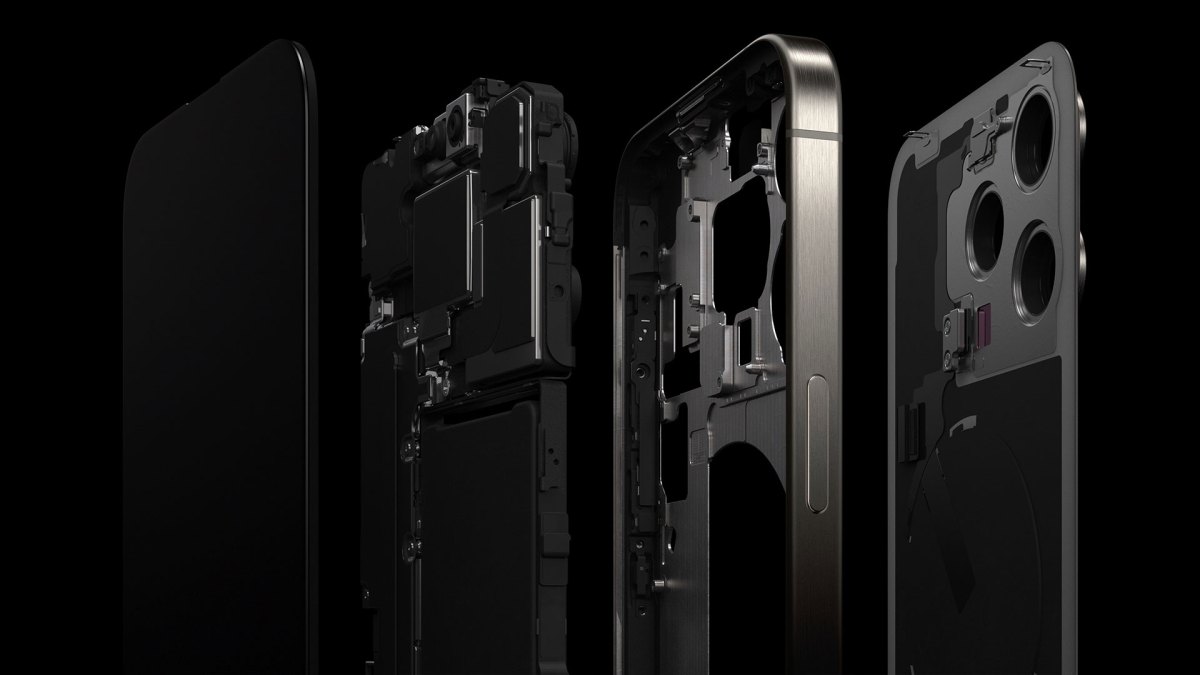Apple products have come a long way in terms of repairability, with the company now making more efforts to embrace user repairability due to sustainability concerns and the right to repair movement. Despite this progress, controversial actions like parts pairing have continued to stir up criticism, as seen with the recent lowering of the iPhone 14’s repairability score by iFixit.
One of Apple’s latest white papers, titled “Longevity By Design,” sheds light on the company’s current repair policy, emphasizing durability over repairability. Apple’s SVP of Hardware Engineering, John Ternus, highlights the importance of designing long-lasting products while also considering repair accessibility for customers and the environment.
While repairability and durability are ideally not conflicting concepts, Apple acknowledges that optimizing for repairability alone may not always be the best solution for customers and the environment. Recent iPhone models have shown a greater focus on repairability, but concerns around parts pairing persist, affecting the repairability scores given by organizations like iFixit.
In addition to improving repairability, Apple has expanded its user repair services, introducing Diagnostics for Self Service Repair in several European countries. This feature provides users with diagnostics previously only available to authorized service providers, marking a step towards greater user empowerment in device maintenance.
Apple’s stance on parts pairing revolves around ensuring security and quality by authenticating components and maintaining calibration standards. The company defends its approach by highlighting the potential risks associated with using third-party parts and the importance of component integrity.
In the context of sustainability, Apple argues that prioritizing longevity over repairability can be more beneficial, especially when considering specific components like displays and batteries that are more prone to requiring repairs. The company addresses concerns around planned obsolescence by showcasing the long lifespan of iPhones and its commitment to providing software updates for older devices.
Ultimately, Apple’s focus on longevity, reliability, and user-repairability aims to create a balance that ensures products last longer while maintaining environmental sustainability. By considering the impact of individual components and making informed design decisions, Apple aims to provide customers with devices that are both durable and repairable.


